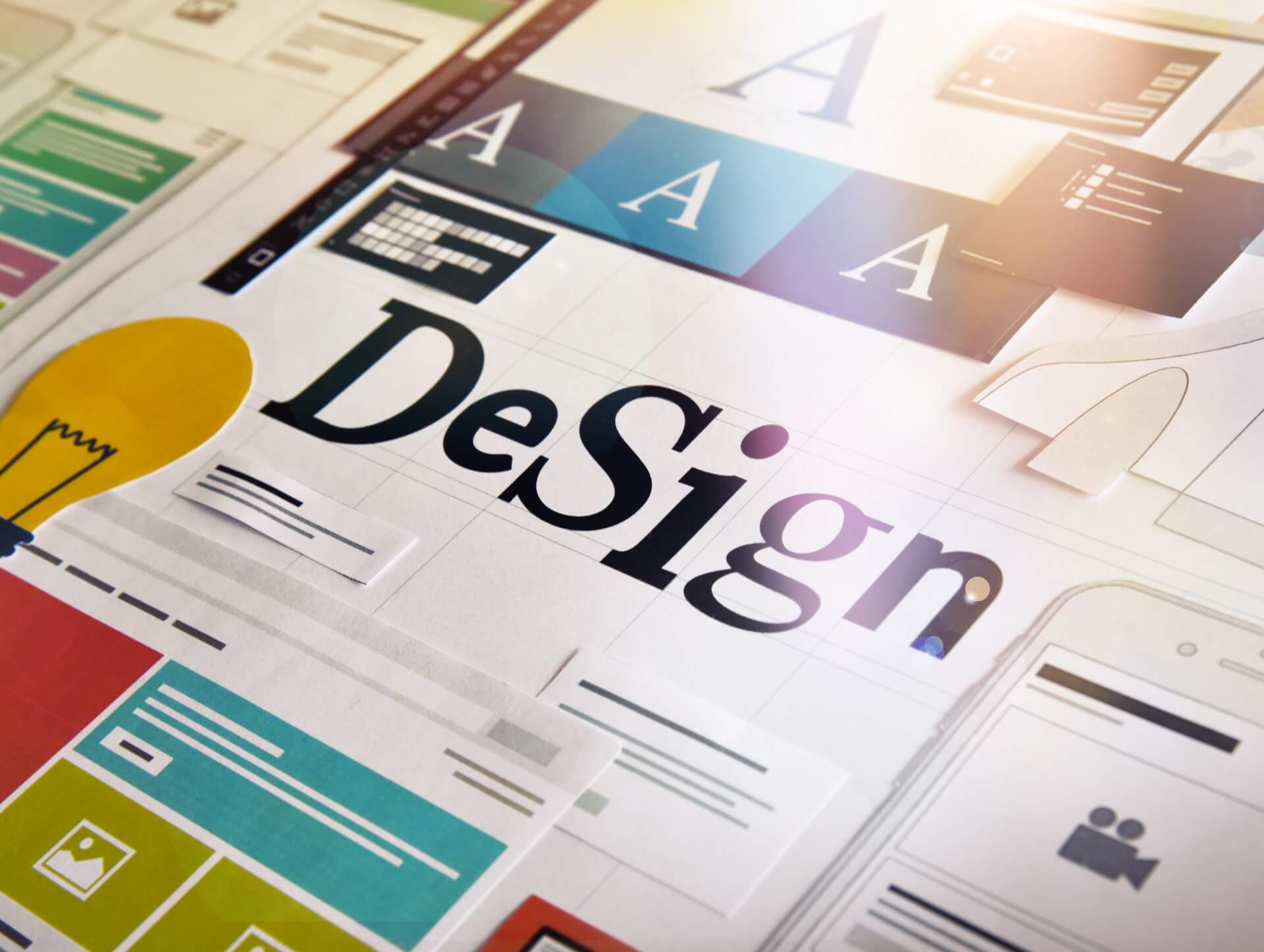The role of virtual reality in providing immersive dedicated designer access experiences

06/09/2023
Virtual reality (VR) technology has revolutionized various industries, and graphic design is no exception. With the advent of VR, designers now have the opportunity to create immersive experiences for their clients, providing dedicated designer access like never before. In this article, we will explore the role of virtual reality in graphic design and how it enhances the design process, collaboration, and overall client experience.
The Evolution of Graphic Design
Graphic design has come a long way from traditional pen and paper techniques to digital software platforms. With the introduction of computers and design software, designers gained the ability to create stunning visuals and manipulate them with ease. However, even with these advancements, designers still faced challenges in communicating their ideas effectively to clients and ensuring brand consistency.
Enter virtual reality. By immersing clients in a virtual environment, designers can now showcase their designs in a more realistic and interactive manner. Clients can navigate through a virtual space, interact with various design elements, and provide instant feedback, leading to more efficient and effective design iterations.
Enhancing Collaboration and Communication
One of the key benefits of virtual reality in graphic design is the ability to enhance collaboration and communication between designers and clients. Traditional design processes often involved back-and-forth communication through emails or meetings, leading to potential misinterpretations and delays.
With VR, designers can now invite clients into their virtual design studio, where they can have real-time discussions, provide feedback, and make changes on the spot. This level of collaboration allows for a more streamlined and efficient design process, ensuring that the client's vision is accurately translated into the final design.
Immersive Design Experiences
Virtual reality opens up new possibilities for creating immersive design experiences. Instead of presenting flat images or mockups, designers can now showcase their designs in a three-dimensional virtual space. Clients can explore the design from different angles, interact with objects, and get a true sense of the final product.
This immersive experience not only helps clients visualize the design better but also enables designers to showcase their creativity and attention to detail. Whether it's a custom logo design or a complete brand identity package, VR allows designers to present their work in a way that truly captures the essence of the design.
Design Retainers and Ongoing Support
Virtual reality also plays a significant role in design retainers and ongoing support. Many businesses require continuous design services for their marketing materials, websites, and social media presence. With VR, designers can provide dedicated designer access to clients, allowing them to have a professional retainer for all their design needs.
Design retainers offer several benefits, including unlimited revisions, design maintenance, and ongoing creative support. Clients no longer have to worry about finding a designer every time they need a design update or a new creative project. They have the assurance of having a dedicated designer who understands their brand and can provide consistent design solutions.
Conclusion
Virtual reality has transformed the graphic design industry by providing immersive dedicated designer access experiences. Through VR, designers can enhance collaboration, communication, and design experiences, ultimately delivering tailored design solutions and maintaining brand consistency. As technology continues to advance, virtual reality will undoubtedly play an even more significant role in the future of graphic design.
Contact us

Spanning 8 cities worldwide and with partners in 100 more, we’re your local yet global agency.
Fancy a coffee, virtual or physical? It’s on us – let’s connect!

